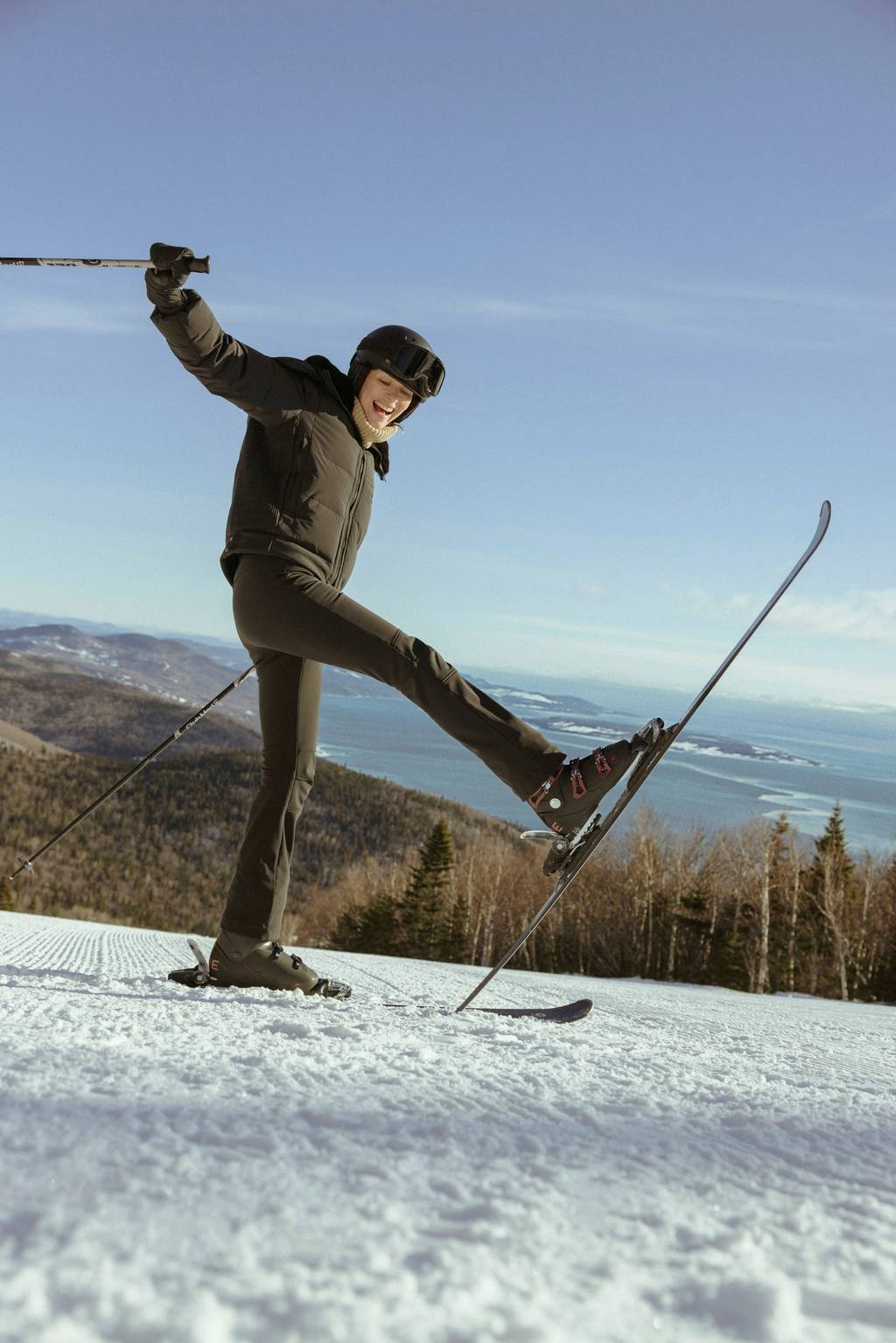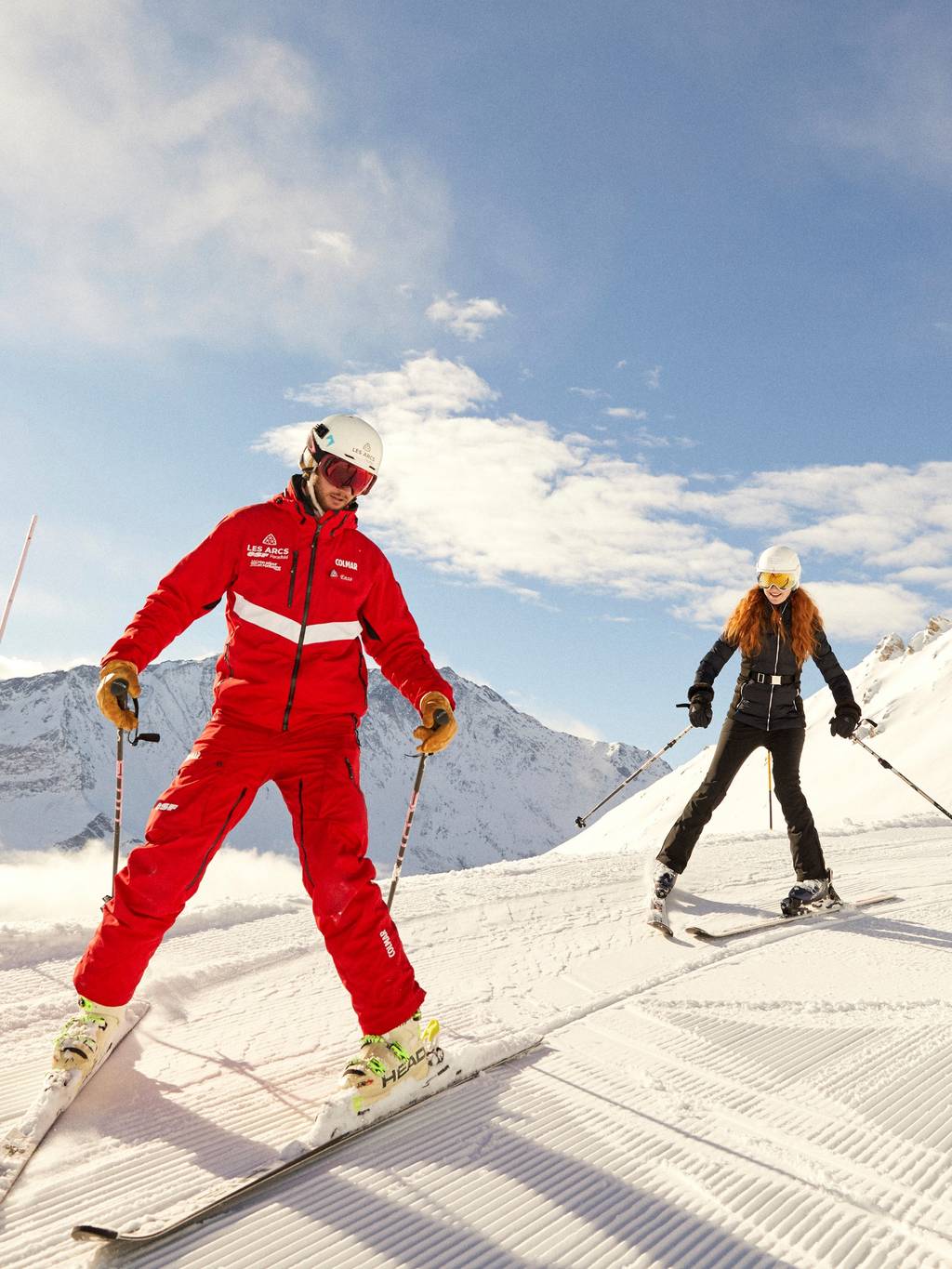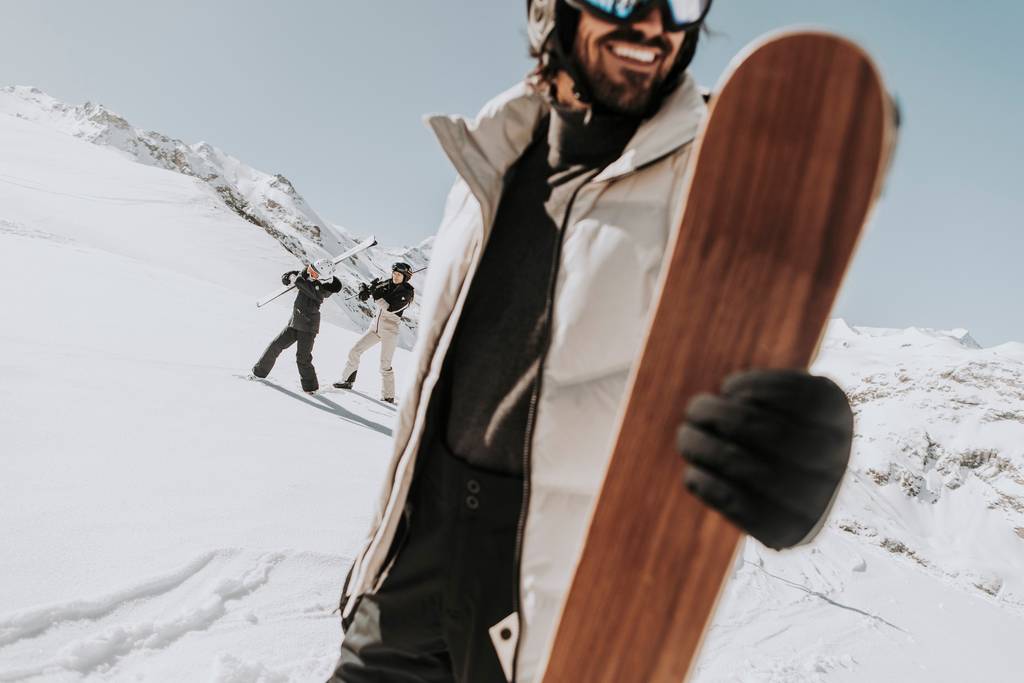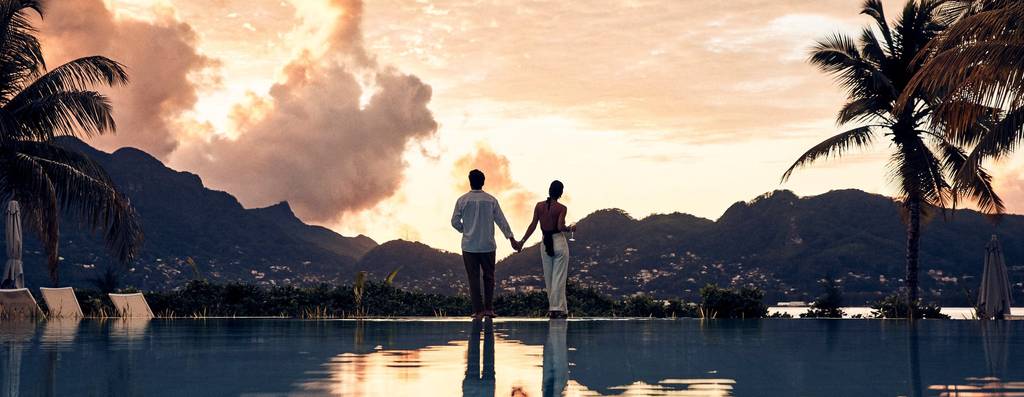Even though the name implies that they’re the best skis for freestyle, the truth is that these can work with almost any riding style. That said, the two most common types of skis based on ski styles are all-mountain and freestyle.
All-Mountain
With all-mountain skis, you can go across almost all terrains and these appeal to a range of ability levels. All-mountain skis sit somewhere between racing skis, which are very thin, and powder skis, which are very wide.
Most mountain skis provide skiers with enough power through groomed and ungroomed terrains, as well as crud. In fact, they’re often referred to as one-ski quivers because they perform well in most conditions and can even handle fresh snow.
Freeride
Freeride skis are a category between powder and all-mountain skis, with an approximate width of 105–115 mm. Typically, freeride skis are considered more advanced and are recommended to experienced skiers.
These skis are designed for ungroomed terrains and abundant fresh snow coverage. However, they have a moderate to large turning radius, which means their use around tight trees or bumps could be more extensive.
Freestyle
Freestyle skis have a similar width as all-mountain skis, but their unique shape gives them more stability without adding unnecessary weight. These types of skis have a wider midsection and a larger sidecut radius, which makes for a straighter ski.
Even though you can’t carve with freestyle skis as well as if you had carving skis, their reduced weight helps with maneuverability. That reduced weight is also essential for maintaining control during aerial tricks.
That said, the main difference between freestyle and all-mountain skis is in the profile. Even though both types have a camber mid-section for softer landings, there’s a significant contrast in the tips.
In freestyle skis, you’ll see that the tail is upturned like the tip, which means that skiers can ride forward and backward without dipping the end. What’s more, these skis usually have symmetrical tips and tail rockers, as well as a centre-mounted binding to help with bi-directional flexibility.





